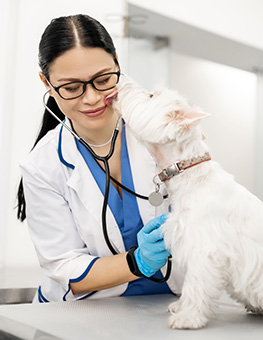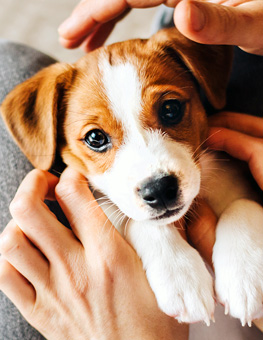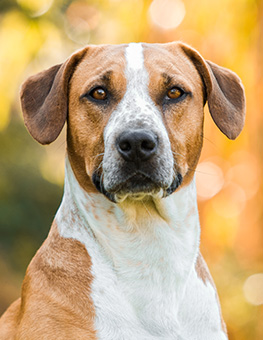Inside your Dog's Head - Two Fun Facts
As many best friends, married couples and family members can attest - just because you've been living with someone for ages doesn't mean you've got the foggiest idea as to what's going on in his or her head.
As it turns out, the same is true of dogs! Dogs and humans have been cohabiters for millennia, yet when it comes to understanding their minds, we've only got the minutest of glimpses. Sure, there are established facts we know absolutely, such as how much they love us or that they're bound to investigate gross smells. But the fact of the matter is that dogs remain a mystery. An adorable, furry mystery! Check out these two fun observations that give us a better understanding as to what it's like in a dog's mind.
Your dog's sense of time – As the expert researchers over at How Stuff Works observe, your dog is never late for a meal. But he or she also can't read a clock. So how does a dog's sense of time work? As with humans, the concepts of time and memory are infinitely complicated, but we can make some general guesses and observations about dogs and how they perceive time passing. As the source points out, it's likely that dogs don't possess "episodic memory" like people. That is, they don't form specific memories that play out like film in the mind, similar to how we work. Instead, biorhythms and internal clocks play a huge role in what we might perceive as a dog "remembering." Much of this is a mix of instinct and routine.
Your dog's vocabulary – Measuring the words a dog can recognize is a little bit easier. It’s something that can be very helpful when training a new dog. The dog experts at How Stuff Works and Animal Planet state that the average trained dog knows around 160 words, but surpassing that by much is rare. Most dogs also understand words as they refer to physical objects rather than concepts, and when it comes to communication, HOW you speak and your body language are about as important as the words themselves. Also interestingly, a recent study covered in The New York Times reported that dogs associate words with size rather than shape, marking a noticeable difference from how humans learn to align vocabulary with objects. As a toddler, the source says, anything phone-shaped could seem like a phone.
This content post is provided by the pet experts at Hartz.

















